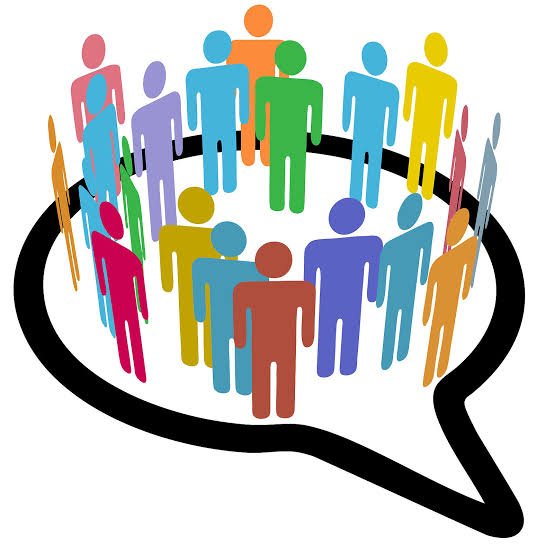Meaning of Socialization


Organizations like individuals have their unique personality. It is essential to orient employees at the time ofntheir entry with the organizational culture. The culture is thensystem of shared actions, values and beliefs that developsbwithin an organization and guides the behaviour of its members.
Strong work culture helps the organization to realizenits business goal easily and effectively. Every organizationnhas its own unique culture. This includes longstanding andnoften, unwritten rules and regulations, a special language that facilitates communication among members, sharednstandards of relevance regarding the critical aspects of the work that is to be done, matter-of-fact prejudices, standards for social etiquette and demeanour, established customs for how members should relate to peers, subordinates, superiors, and outsiders, and other traditions that clarify to members what is appropriate and smart behaviour within the organization and what is not.
This calls for giving proper orientation to the new
employees on socializing norms to shape their behaviourband actions in line with the philosophy and culture of the organization. This is basically moulding people to internalize the systems and practices of the organization to feel comfortable with. A new employee irrespective of his knowledge and competències needs to understand, appreciate and acclimatize himself with the culture of the organization in order to become effective at work.
Upon entry into a new job or a new organization, allnemployees initially need to learn how things are done in the new environment, including things they cannot find in anynpolicy-and-procedure manual. Moreover, new hires may have insufficient skills, and technological changes may require new job skills. Job redesign sometimes also requires the employees to learn more skills, or employees who are transferred or promoted may need to acquire new skills and knowledge, a new product could also require technologies not used earlier by employees, or changes in company strategy may mean that senior management needs to adopt new leafership behaviour and acquire new business knowledge. In some cases, the need for socialization, training and development can be immediate, while in the case of others, future needs can be anticipated and planned. When done well,socialization creates intensely loyal employees. Companies that have perfected the socialization process include IBM, Wal-Mart, Procter and Gamble, and Nestle.
Socialization may occur at different phases. The new employees may have to learn company values and organizational folklore, including the importance of product quality and the dedication and commitment of the retired employees. This intense socialization results in increased commitment to the success of the company, willingness to work for long hours and decreased absenteeism and employee turnover. Moreover, an employee takes pride in identifying himself with the organization, which has its past glory to share.
Socialization in an organizational context is basically a process of adaptation i a new culture of the organization.
The term refers to all the processes undergone by employees. For instance, when one begins a new job, or accept a lateral transfer, or get a promotion, one is required to under- stand the new dynamics and unwritten practices that existnwhich will help in making adjustments. One must adapt to a new environment, different work activities, a new boss, a different group of co-workers, and probably a different set of standards for what constitutes a good performance. Employee socialization, training and development are an organization’s intentional efforts to improve current and future performance by increasing capabilities.
It is not unusual confuse a new employee’s initial
orientation on the job with the socialization process. In reality, orientation is only a small part of the overall socialization of a new organization member.
Socialization can be conceptualized as a process made up of three stages (Fig.): pre-arrival, encounter and metamorphosis. The process impacts on the new member’s work productivity, commitment to the organization’s objectives, and his or her decision to stay with the organization.




